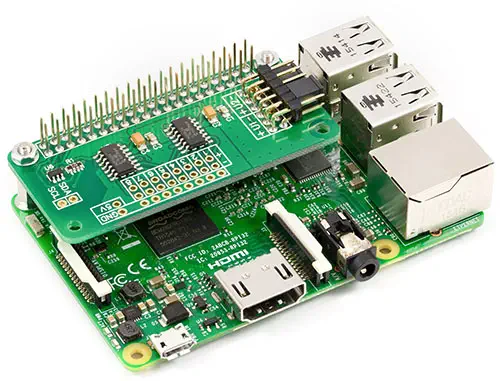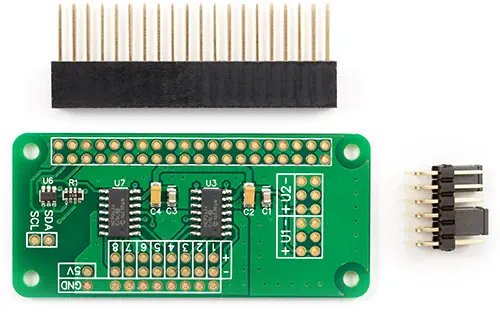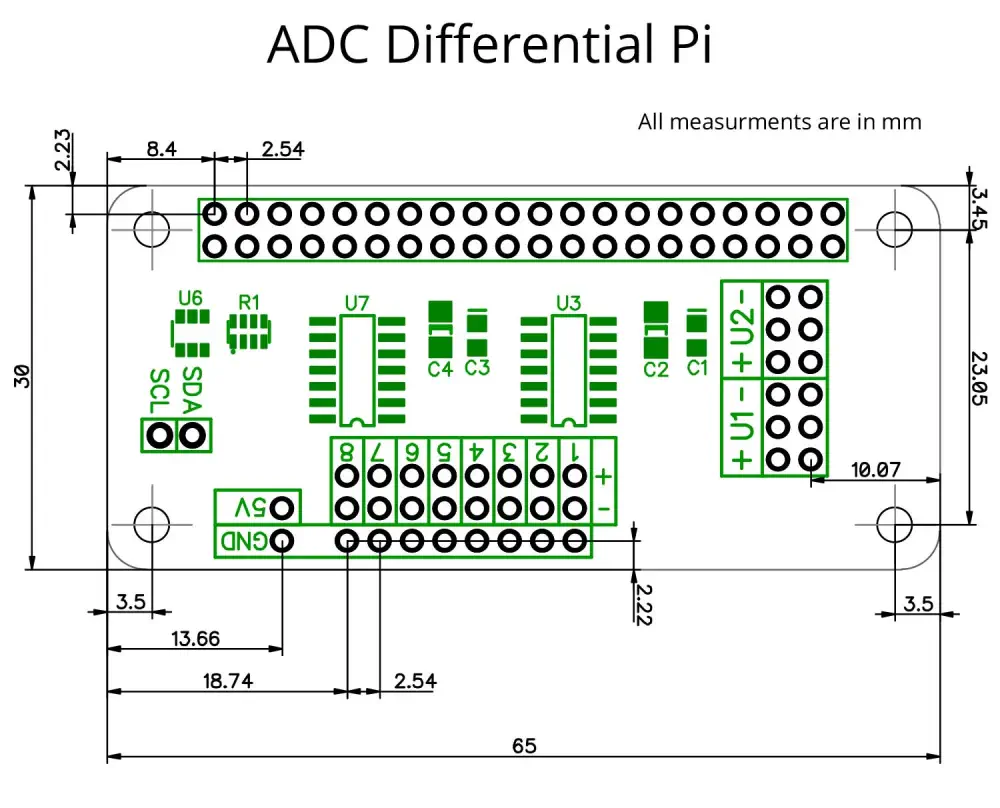Payments and Security
Your payment information is processed securely. We do not store credit card details nor have access to your credit card information.
Description
- Vdd (5V pin on I2C bus): 5.0V
- All AD inputs and outputs: VSS–0.4V to VDD+0.4 V
- Current at Input Pins: ±2 mA
- I2C SDA/SCL voltage: 5.0 V
- I2C port current: 100 mA
- Based on the MCP3424 from Microchip Technologies Inc
- Input range of ±2.048V
- On-board 2.048V reference voltage (Accuracy ± 0.05%, Drift: 15 ppm/°C)
- On-Board Programmable Gain Amplifier (PGA): Gains of 1, 2, 4 or 8
Programmable Data Rate Options:
- 3.75 SPS (18 bits)
- 15 SPS (16 bits)
- 60 SPS (14 bits)
- 240 SPS (12 bits)










